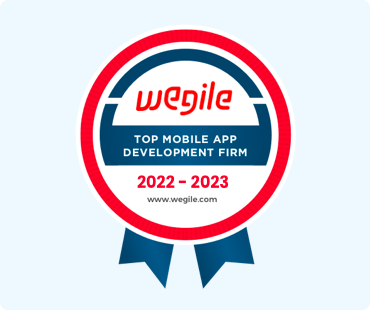Adopting an API-first approach is a product development technique that emphasizes creating Application Programming Interfaces (APIs) prior to constructing the user interface or any other part of the product. The API first approach for product development centers around creating a stable foundation for the product's functionalities by crafting well-built and reliable APIs that can be easily combined with other systems and services.
The main purpose of an API-first approach is to provide developers with a simplified route to construct applications that can effectively communicate with the product's backend without having to confront the intricacy of the technology behind it. By devoting time to developing APIs upfront, developers are able to promptly and effortlessly integrate the product with external systems, such as third-party service providers or internal databases.
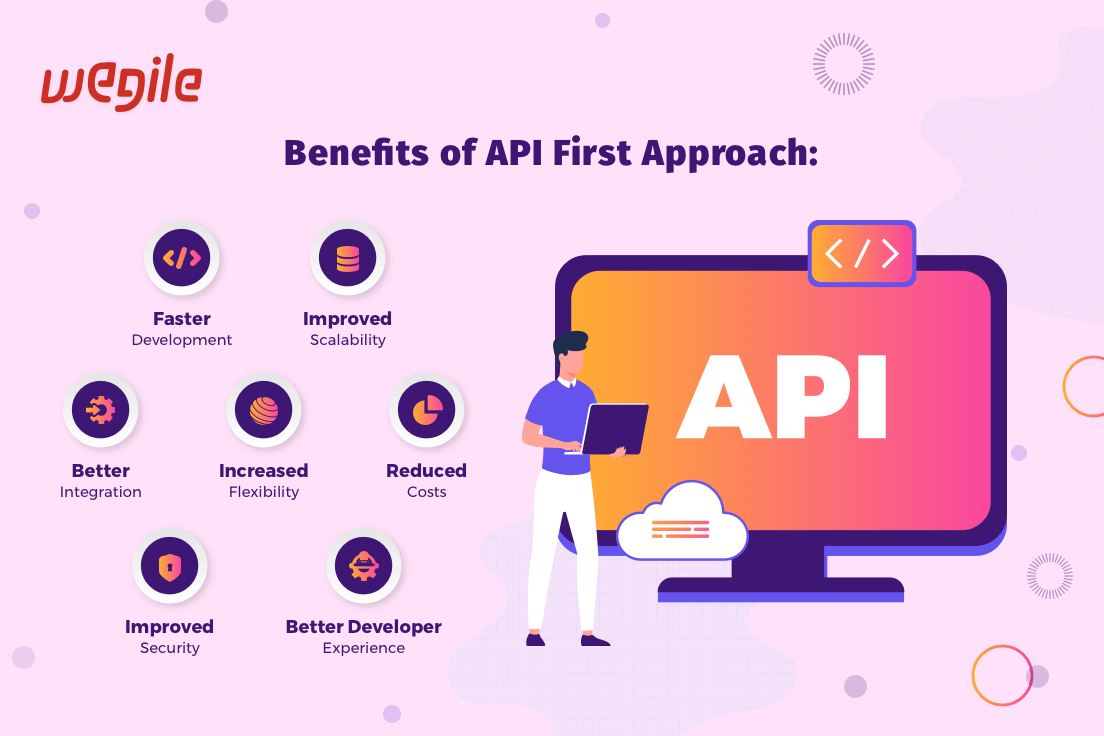
Imagine if you had the power to create apps at lightning speed and with incredible flexibility. That's what the API First approach offers – a chance to develop applications quickly and easily, with every component seamlessly connected. No longer would cumbersome integration processes slow you down; no more clicking around trying to link disparate parts of your application. API First approach combines cutting-edge technologies and innovative architecture to revolutionize how developers work. Here are the API first approach benefits:
As APIs provide the necessary data in the required format, developers can save time and effort when developing applications as they don’t need to manually convert data into different formats. This reduces development time and accelerates the delivery of new products.
An API-first approach helps businesses scale faster, as changes to the APIs are typically handled at the back end, making product updates faster and easier.
By using API first approach for product development, businesses can easily integrate existing data sources, external services, and third-party APIs into their own application without putting unnecessary load on their core infrastructure.
APIs allow businesses to quickly add new features or functionalities without having to build them from scratch.
As an API-first approach significantly reduces development time, the associated cost of product development gets reduced as well.
APIs keep data secure by setting up access control and authentication. This helps ensure that only authorized users can access sensitive data.
APIs help developers quickly access the data they need by keeping the data URLs organized and easily retrievable. This further improves the developer experience and encourages innovation from within.
By using APIs, teams can collaborate in real-time, sharing components of applications easily and quickly. This leads to faster delivery of applications and services.
As APIs allow developers to test how their code interacts and behaves with a greater scope of functionalities by using test stubs and mock data, better and more reliable tests can be built with less effort.
By using an API-first approach, businesses can provide personalized user experiences with dynamic content that is tailored to fit each user's needs, as APIs make it easier to retrieve data from disparate sources and create custom user experiences.
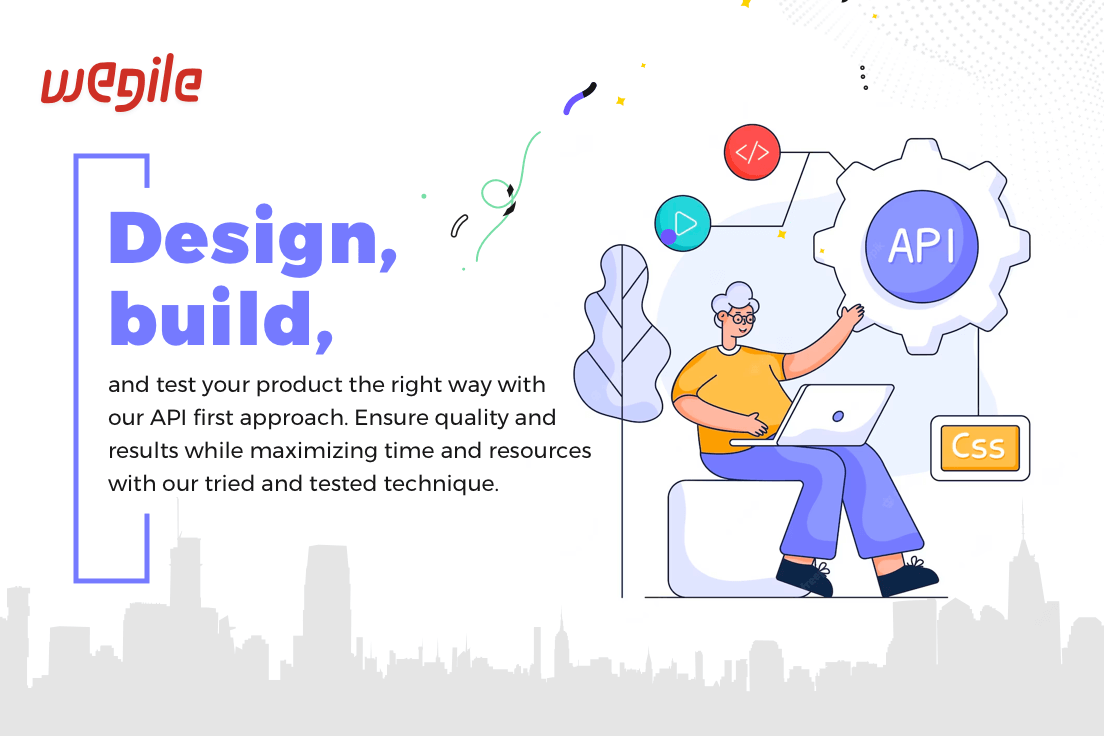
An API is essentially a doorway that software and devices use to access applications, data, and services stored on remote servers. Rather than build applications without knowing what kind of user experience is required, an API First approach designs, builds, and tests the API upfront to determine the best strategy while also considering user needs.
The process of designing an API begins with understanding the type of user experience that is needed. This involves asking questions such as what kinds of interactions will users need to have with the application and what type of data will be stored or accessed through the API first approach. Once these questions are answered, developers can start designing the architecture, or structure, of the API with features that include security, search functions, charts and graphs, user registration, and other elements. Once the architecture is complete, developers can create the code and create the actual API.
For testing, the API first approach focuses on proving that the system works while also improving user experience by emphasizing performance testing and UX. This means running test scripts that use various interaction scenarios to ensure the desired user experience is achieved. Things like loading times, data access speeds, and error messages should be tested before the API is released.
By taking an API-first approach for product development, developers are able to create an API solution that fits their user's needs. APIs are complicated, and it’s important that developers take the time to think things through before beginning development. This API-first approach benefits by saving a lot of time in the long run, leading to fewer defects and a better user experience.
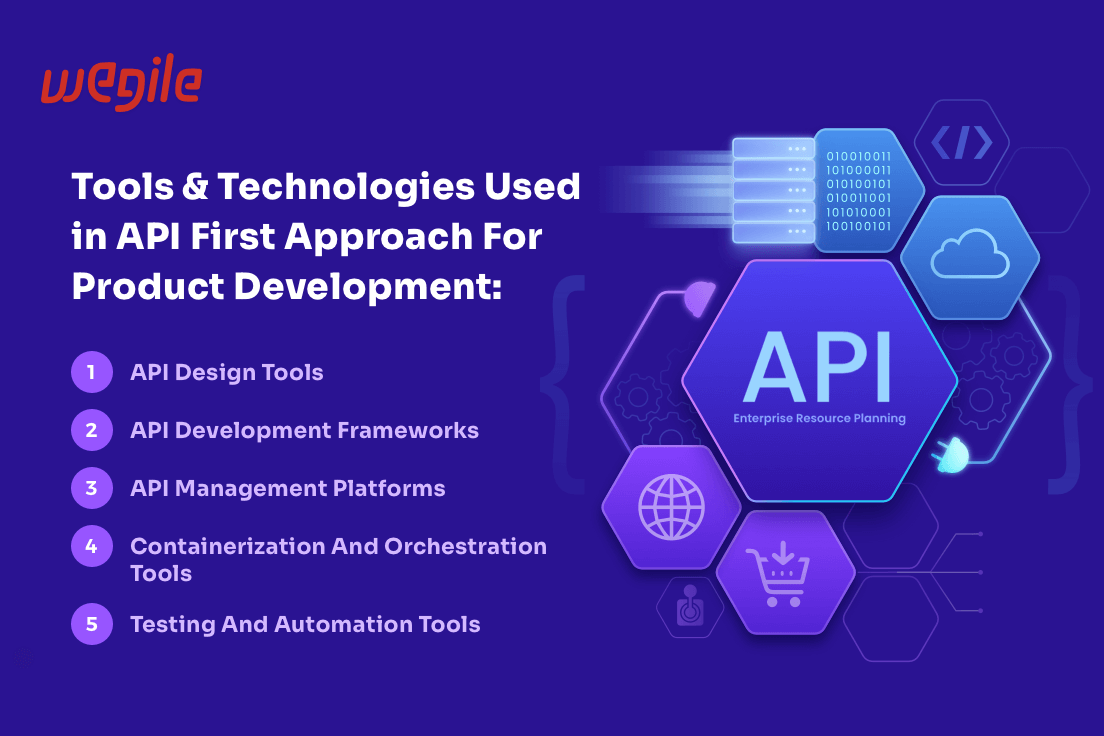
API design tools: API design tools are used to create a well-defined API specification, enabling developers to create a truly maintainable and optimal API experience. Swagger and RAML tools provide resources such as API design UML, API traffic monitoring, and API versioning.
API development frameworks: API development frameworks provide a structure for creating APIs, enabling developers to easily design and produce reliable, high-quality applications. These frameworks typically contain APIs in formats such as REST, SOAP, and GraphQL while also featuring features related to authentication and authorization, client management, and more. Express.js and Spring Boot are framework examples of API development frameworks.
API management platforms: Platforms such as Apigee and Kong allow organizations to effectively manage the entire lifecycle of their APIs in order to ensure a consistent experience for users, maintain secure connections, and improve scalability. Features typically found within these platforms include analytics, security controls, access limitation, and rate limiting.
Containerization and orchestration tools: Tools such as Docker and Kubernetes allow are used to package applications and associated dependencies into containers in order to enhance portability, reduce deployment complexity and allow for continuous runtimes.
Testing and automation tools: Tools such as Postman enable developers to use automate the process of testing APIs in order to detect and fix errors quickly while ensuring consistent accuracy. These tools provide the ability to define tests, validate inputs and outputs, simulate application usage, and generate detailed reports.
ConclusionAPI-first approach for product development is an important element of modern software architecture. It puts control in the hands of developers and reduces implementation time. By utilizing the right tools and technologies, such as SDKs for popular languages and customizable frameworks, you can create interfaces that meet your needs quickly and efficiently, making the most out of API first approach benefits.
With API first development, organizations can iterate faster and bring their products to market with speed and agility. So make sure to utilize the power of APIs when building your next product – it's the key to success!
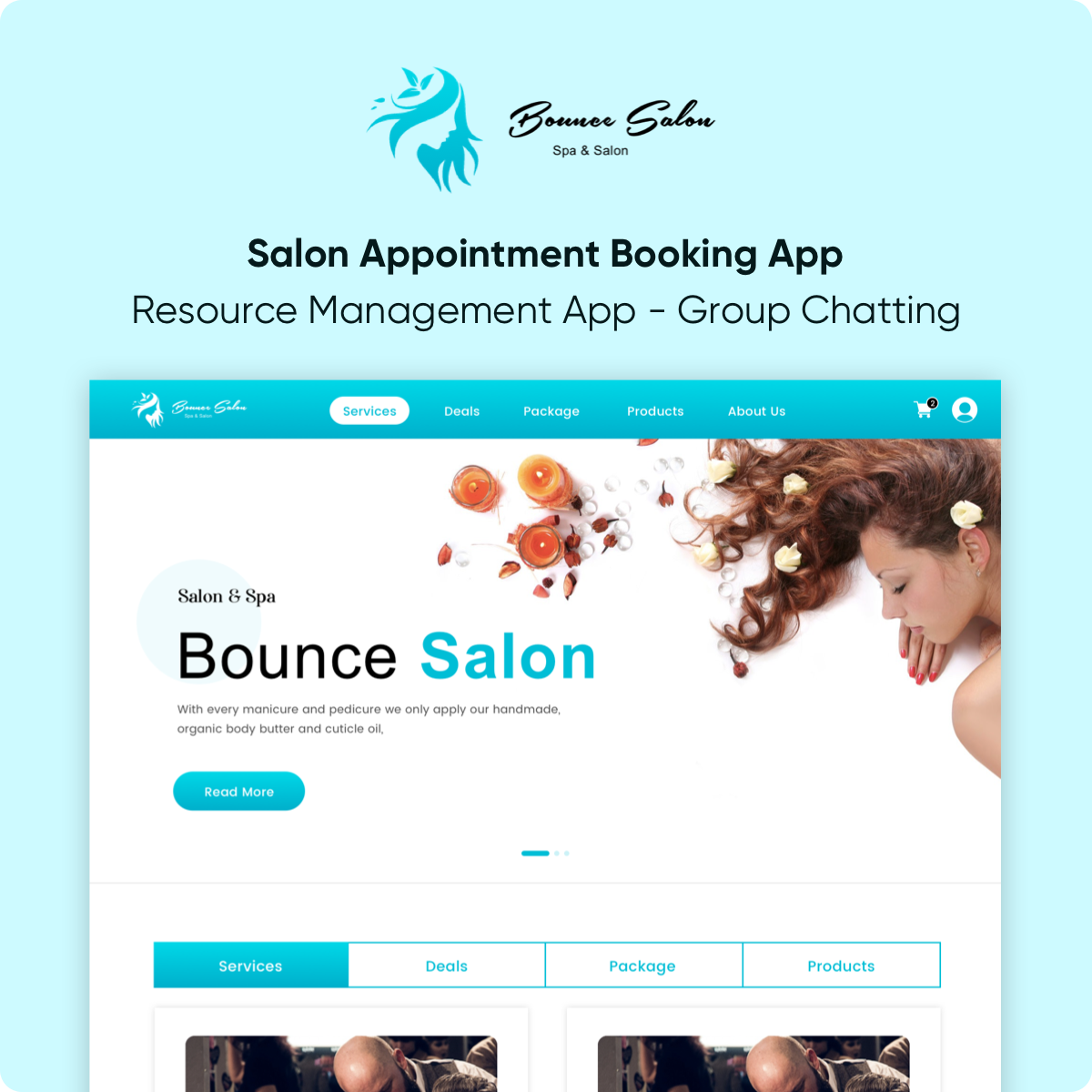

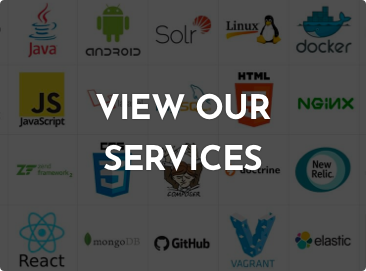 Browse Our Services
Browse Our Services
